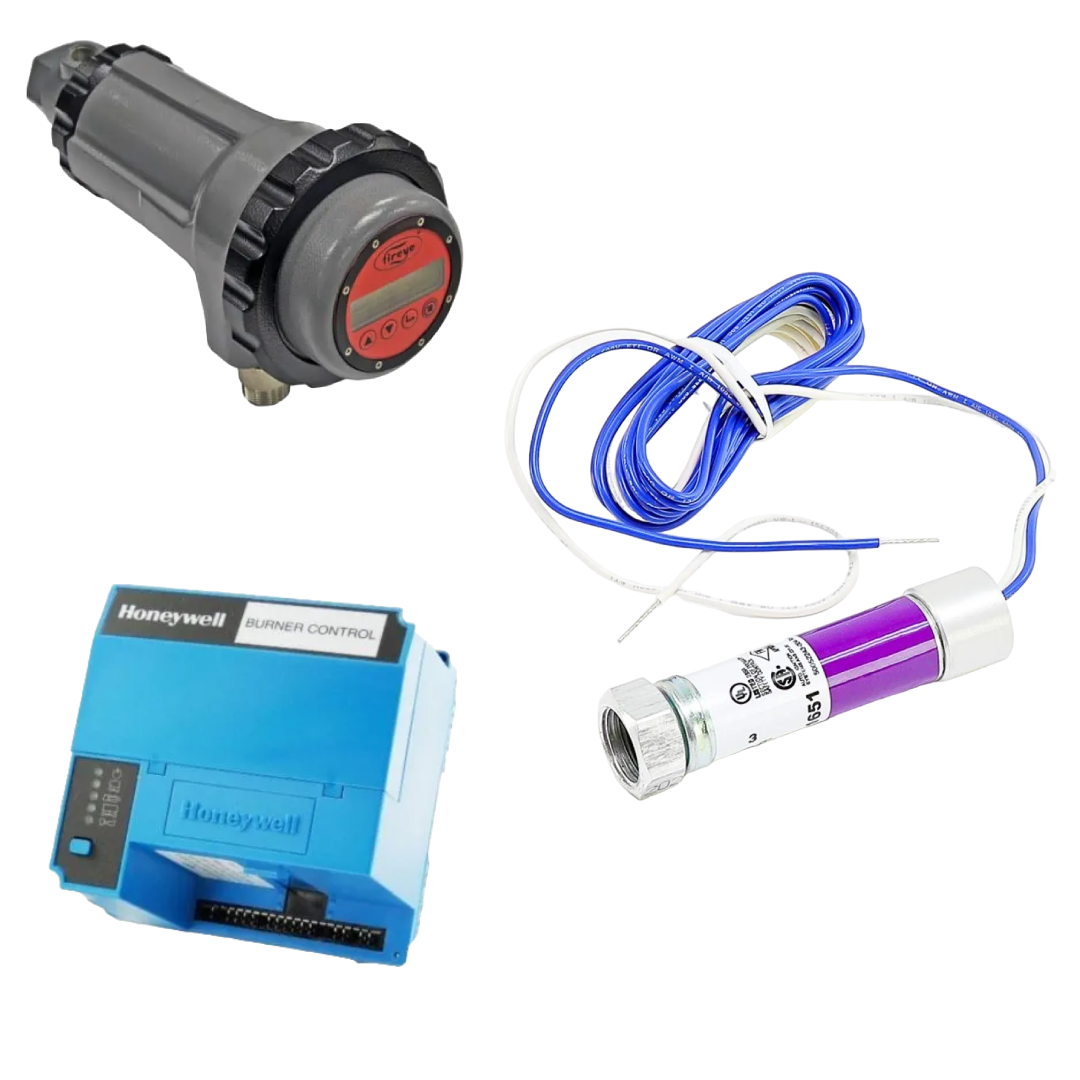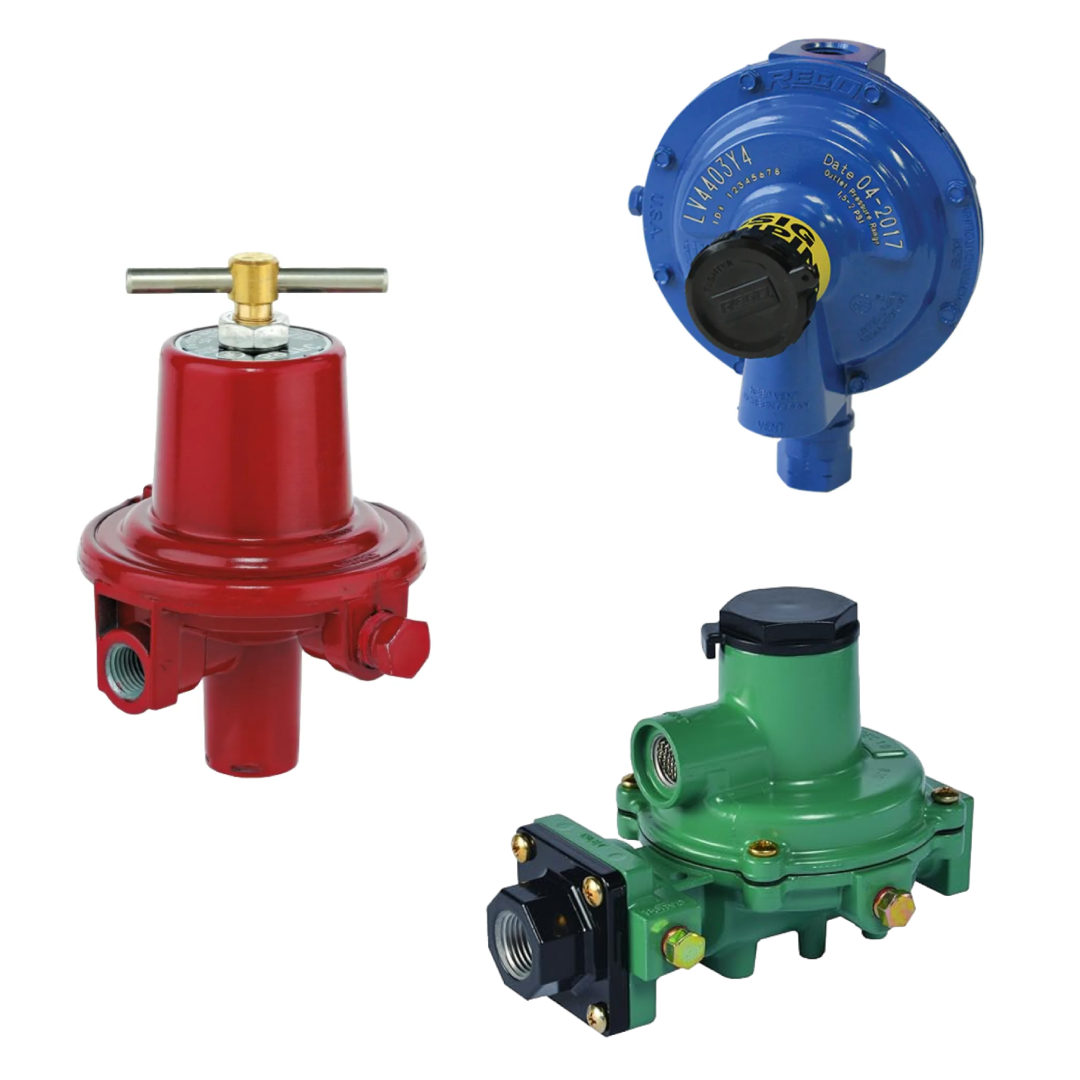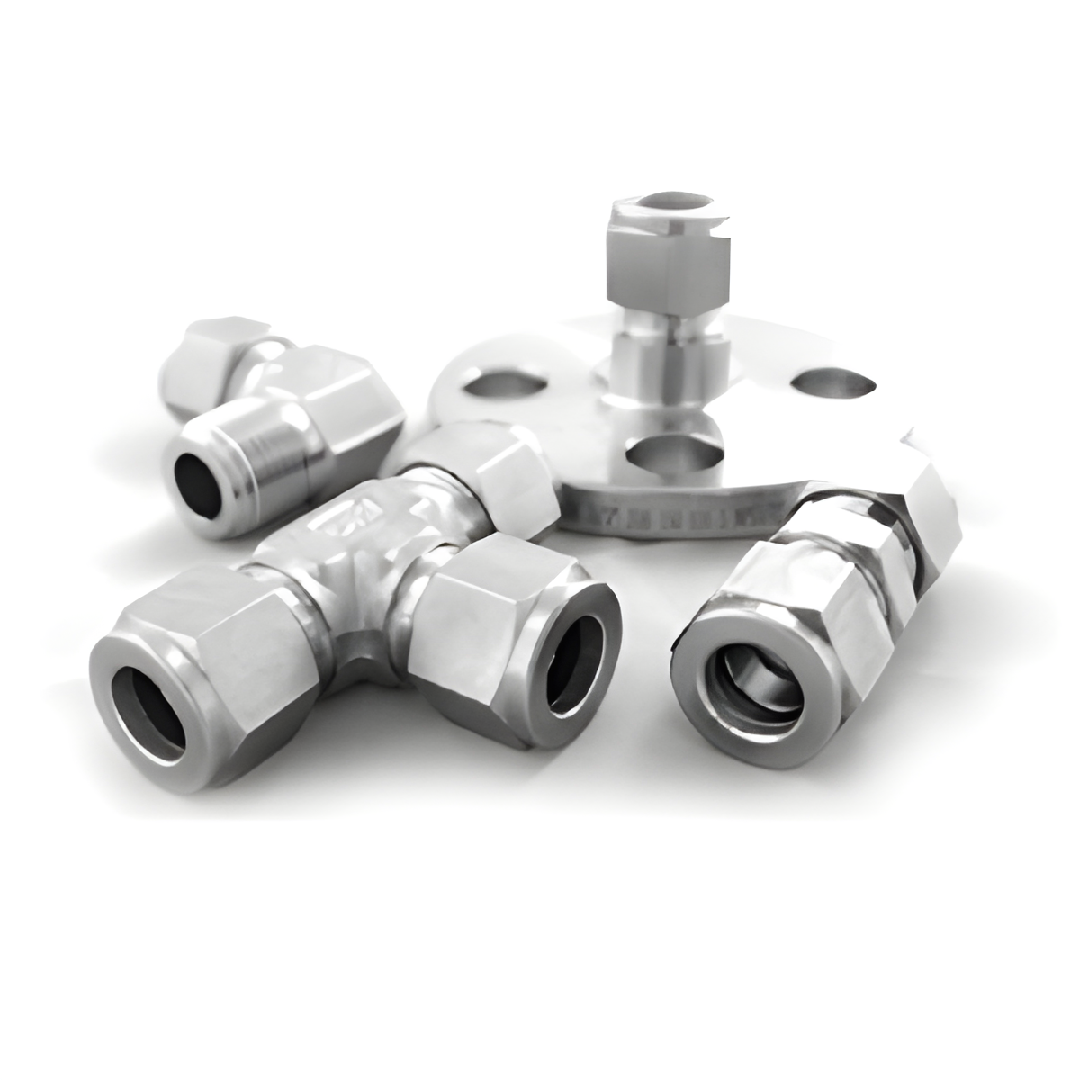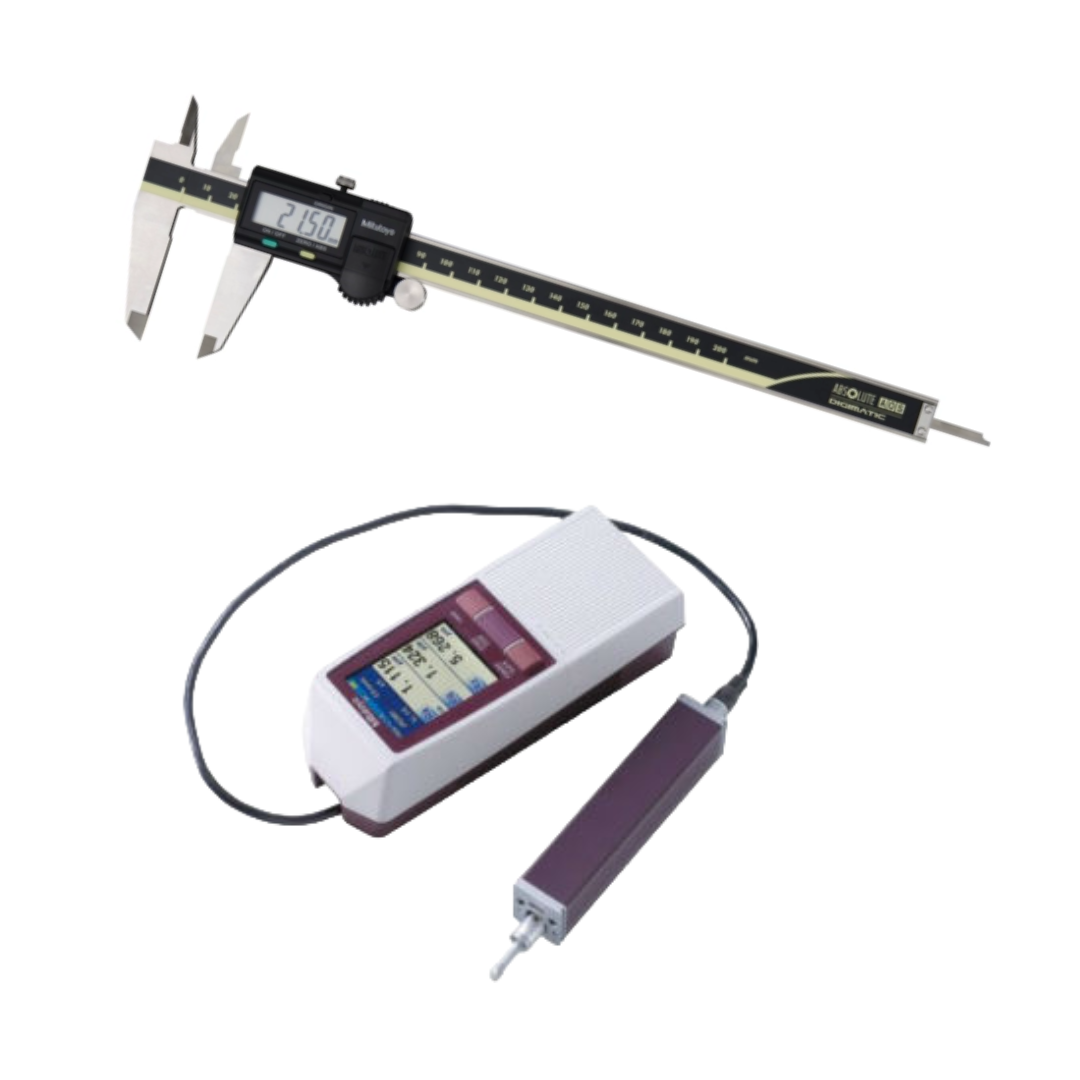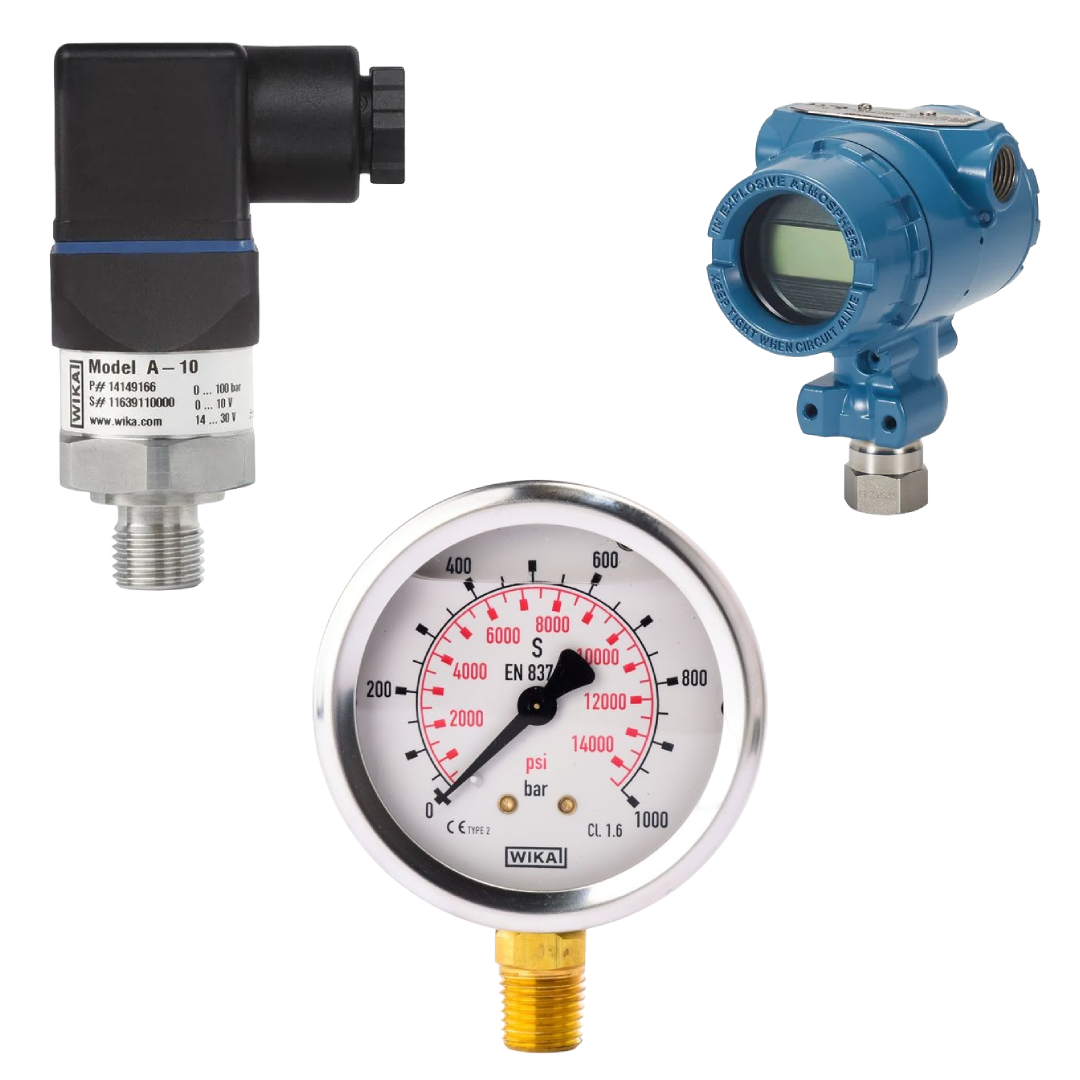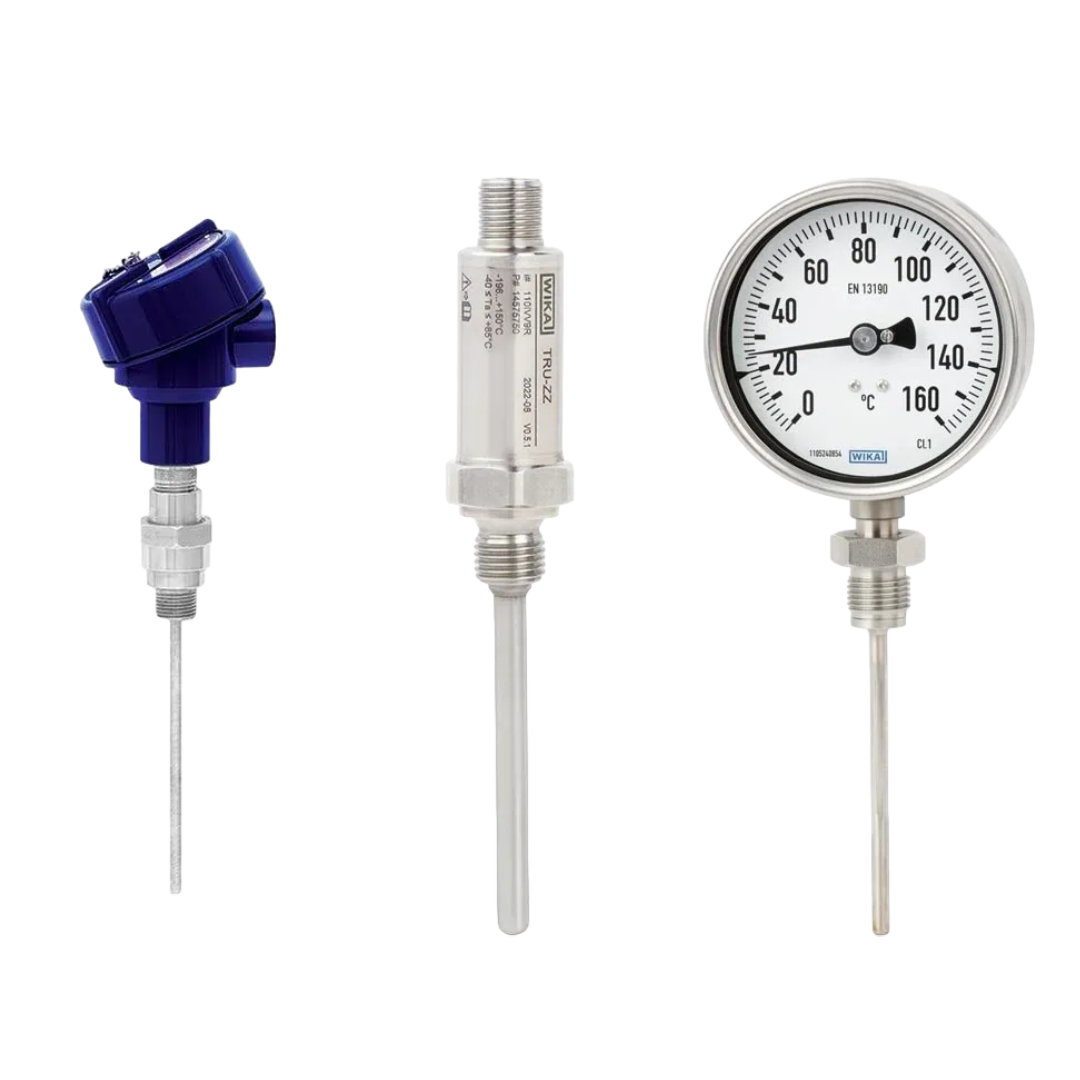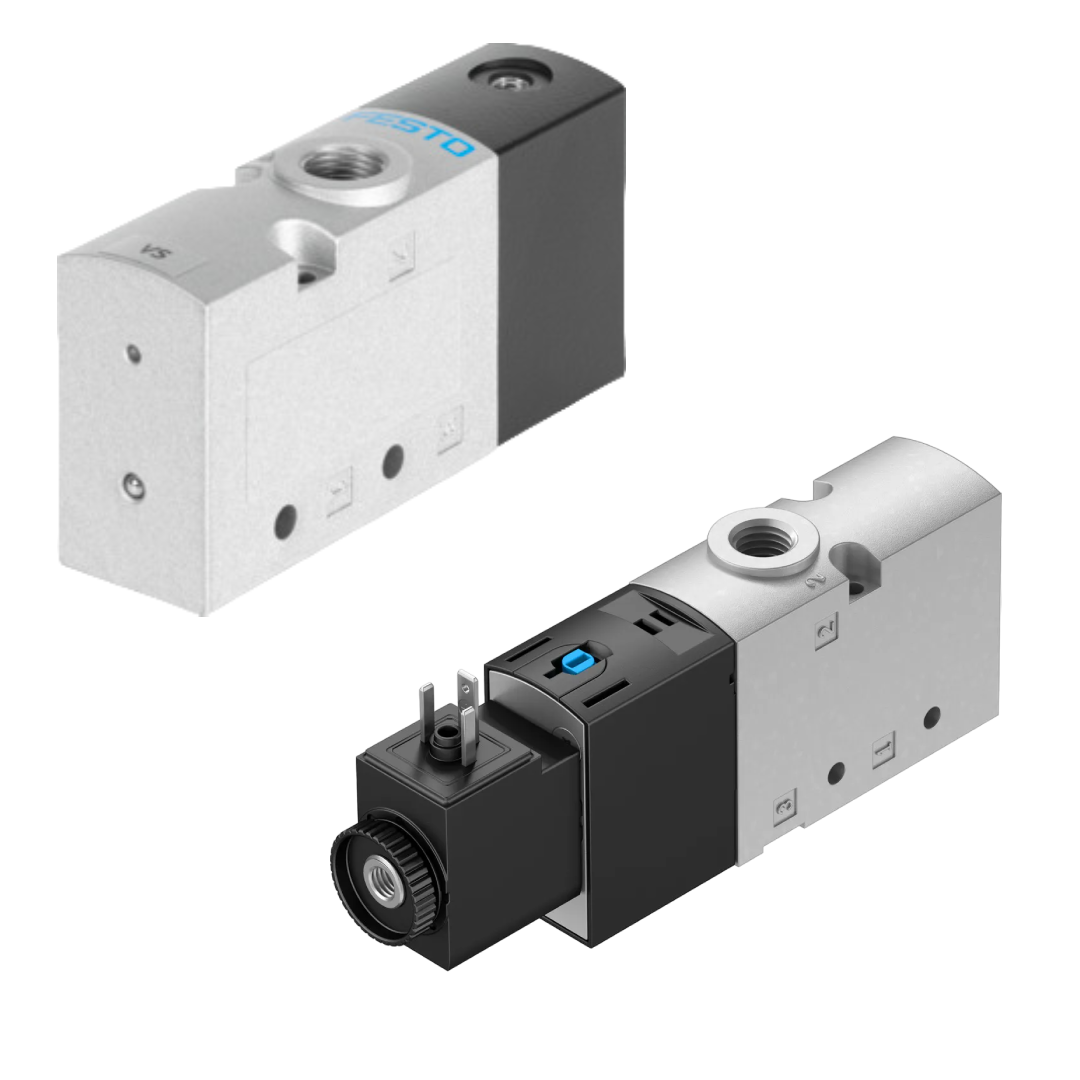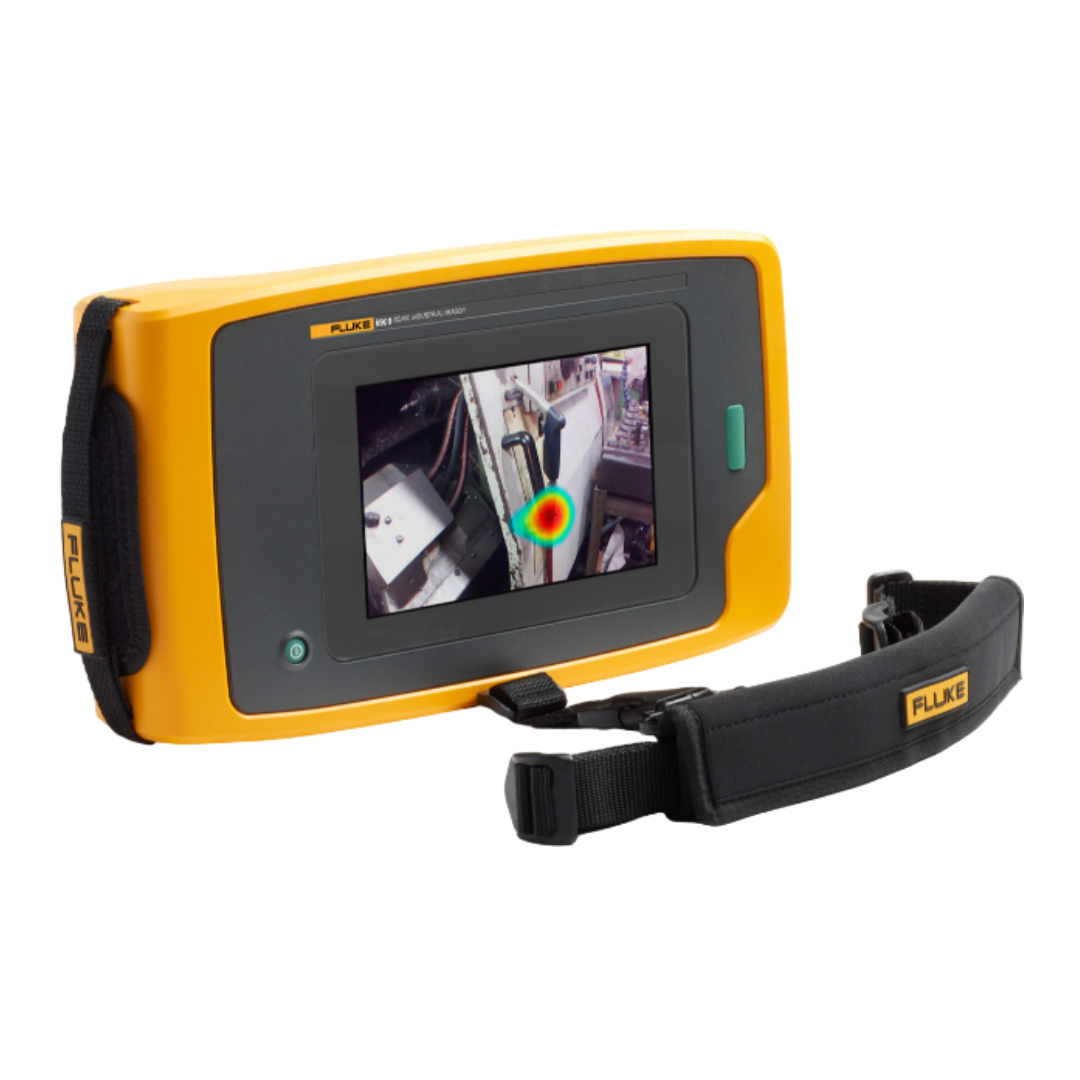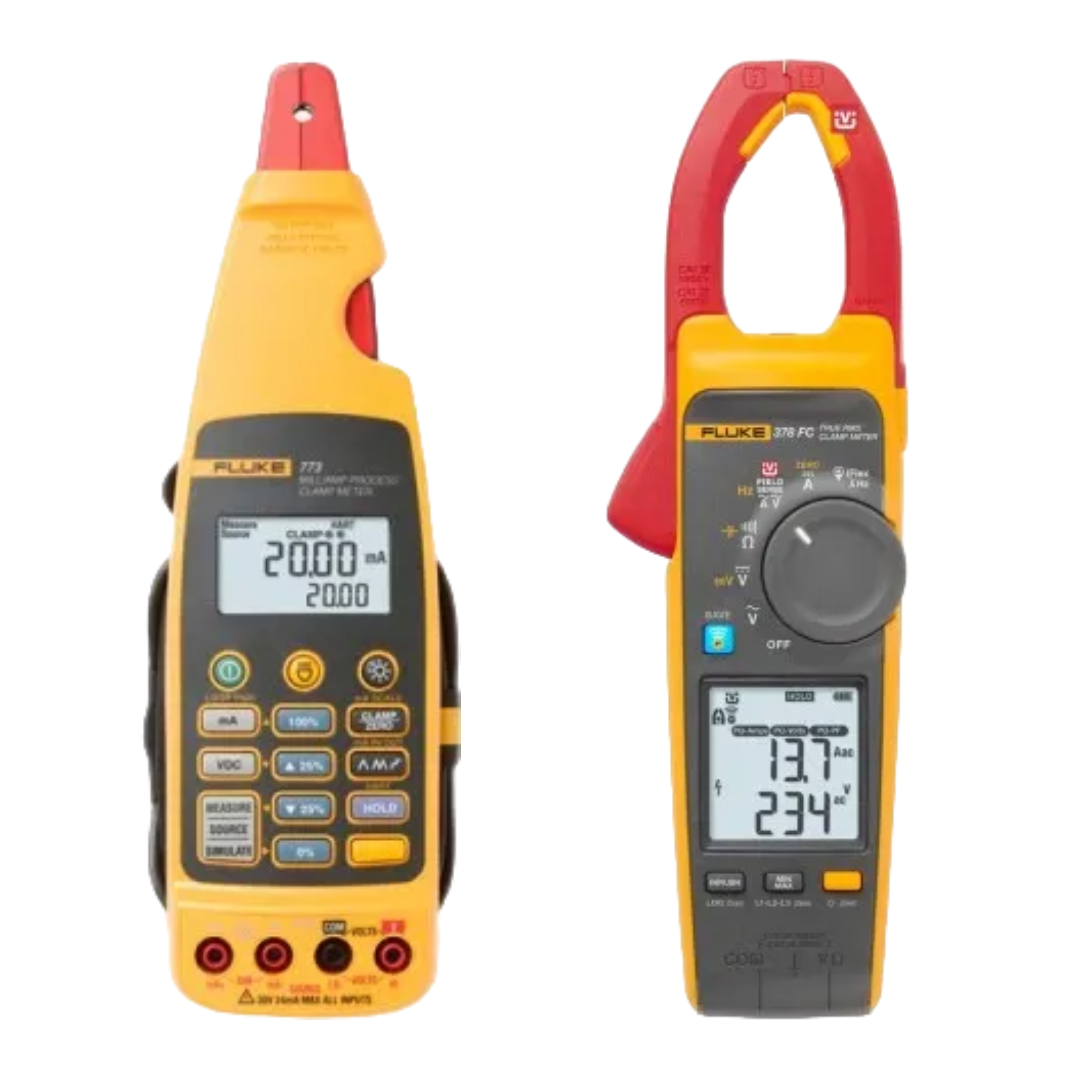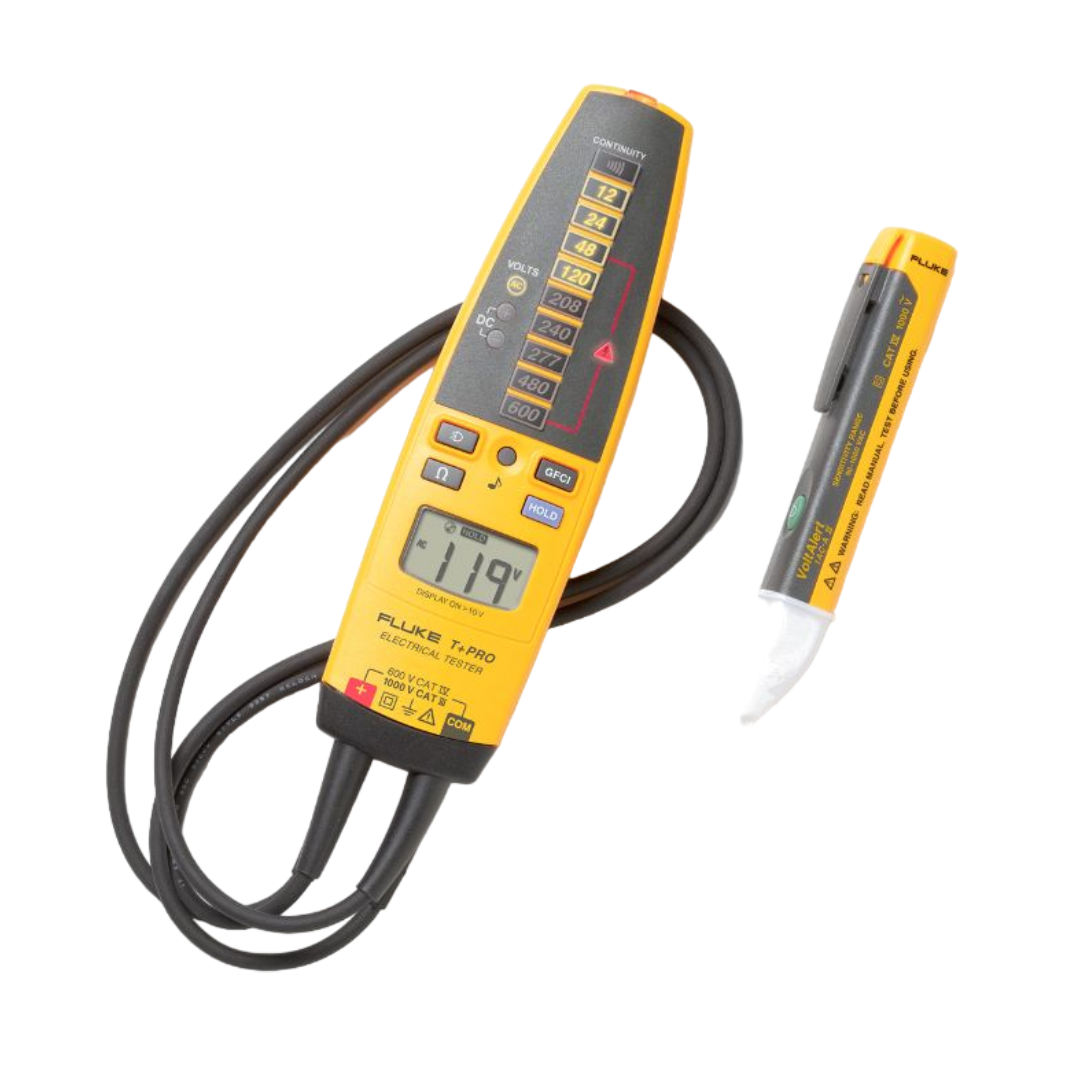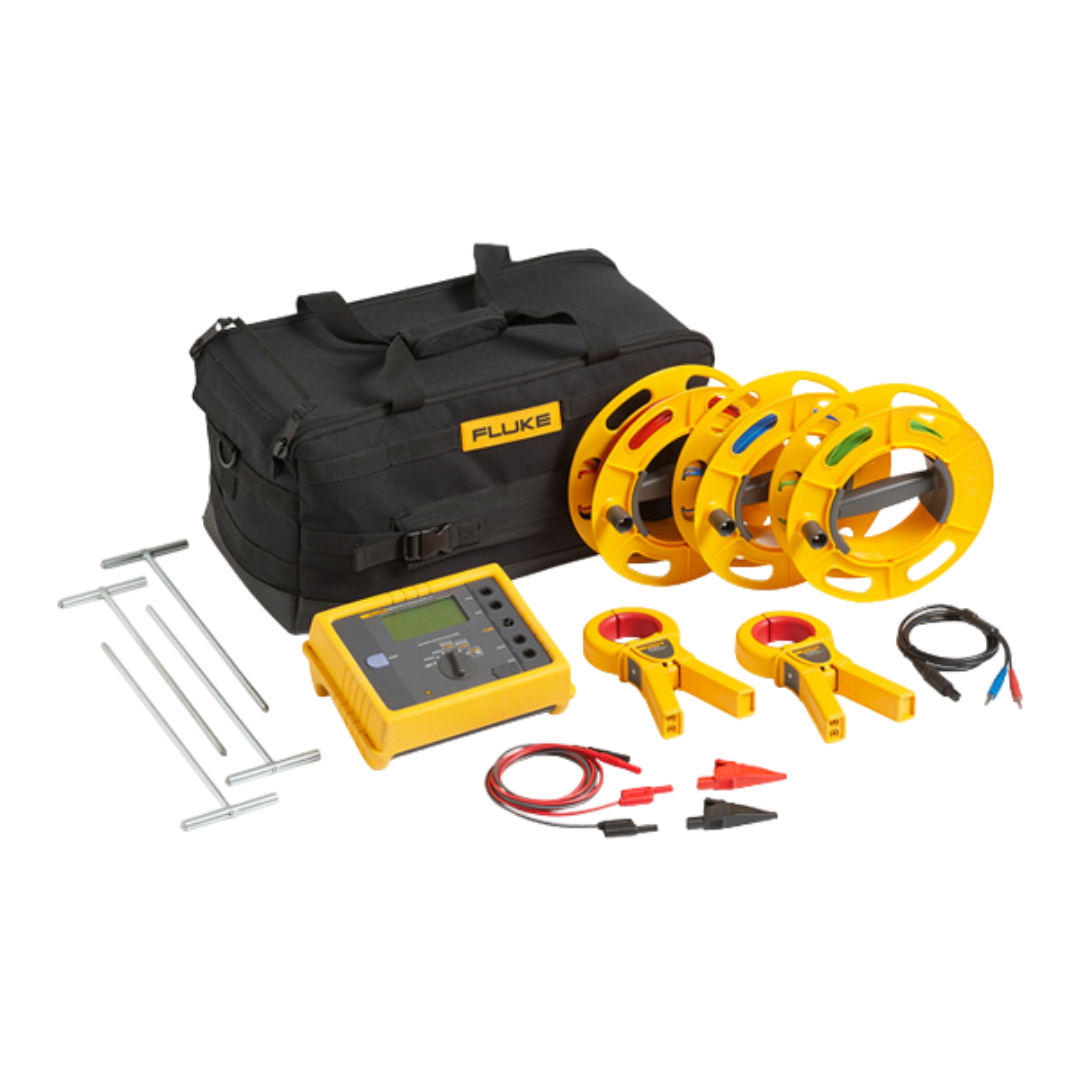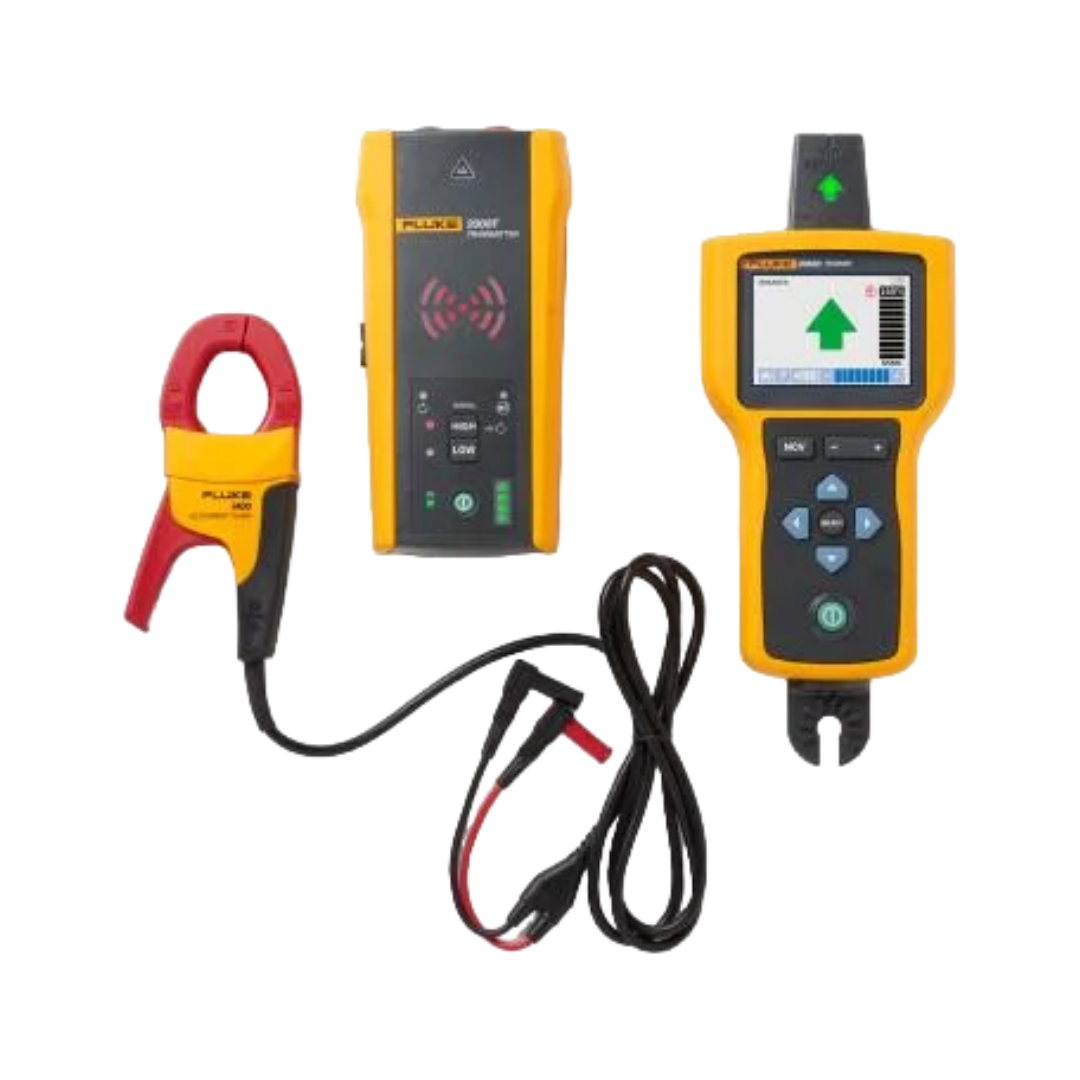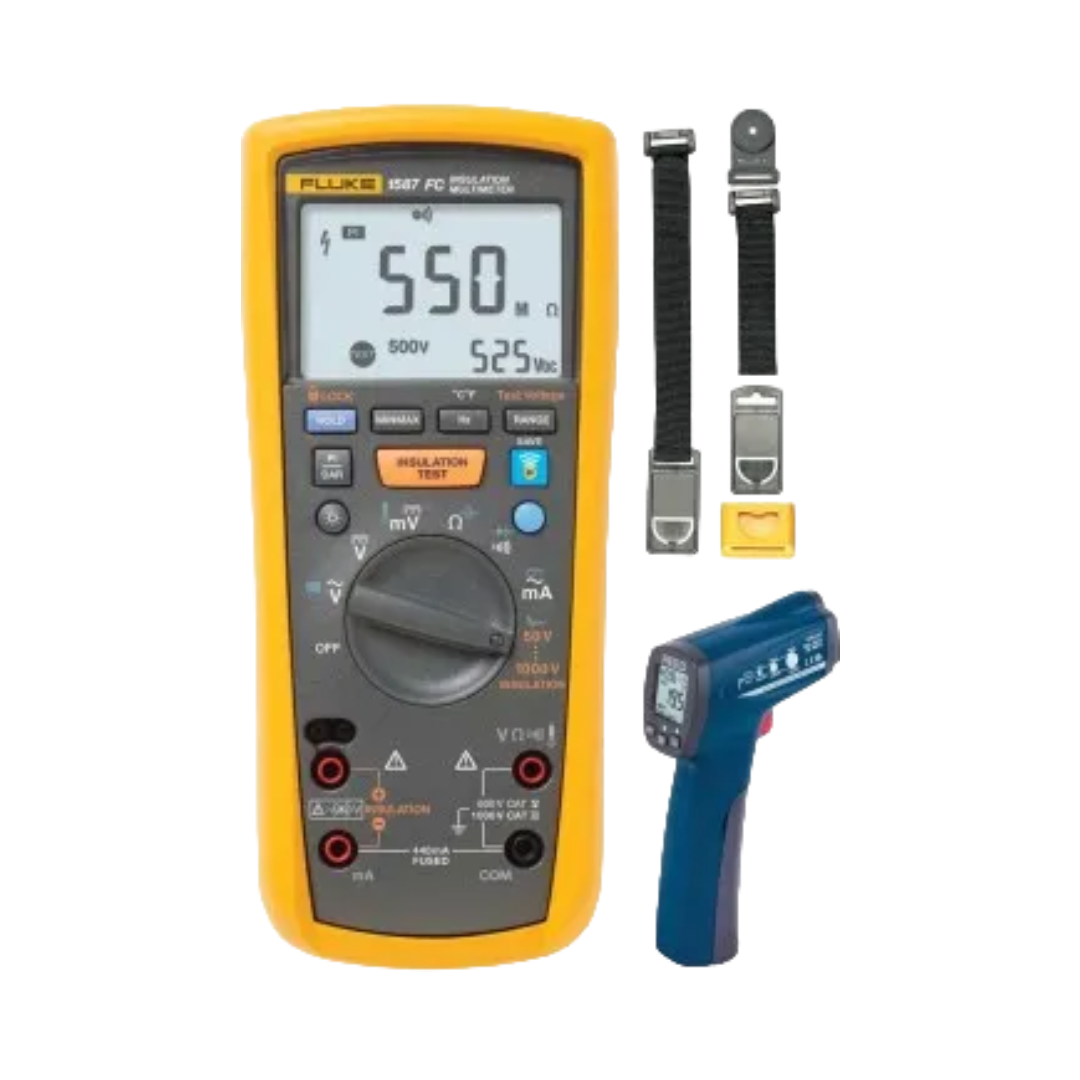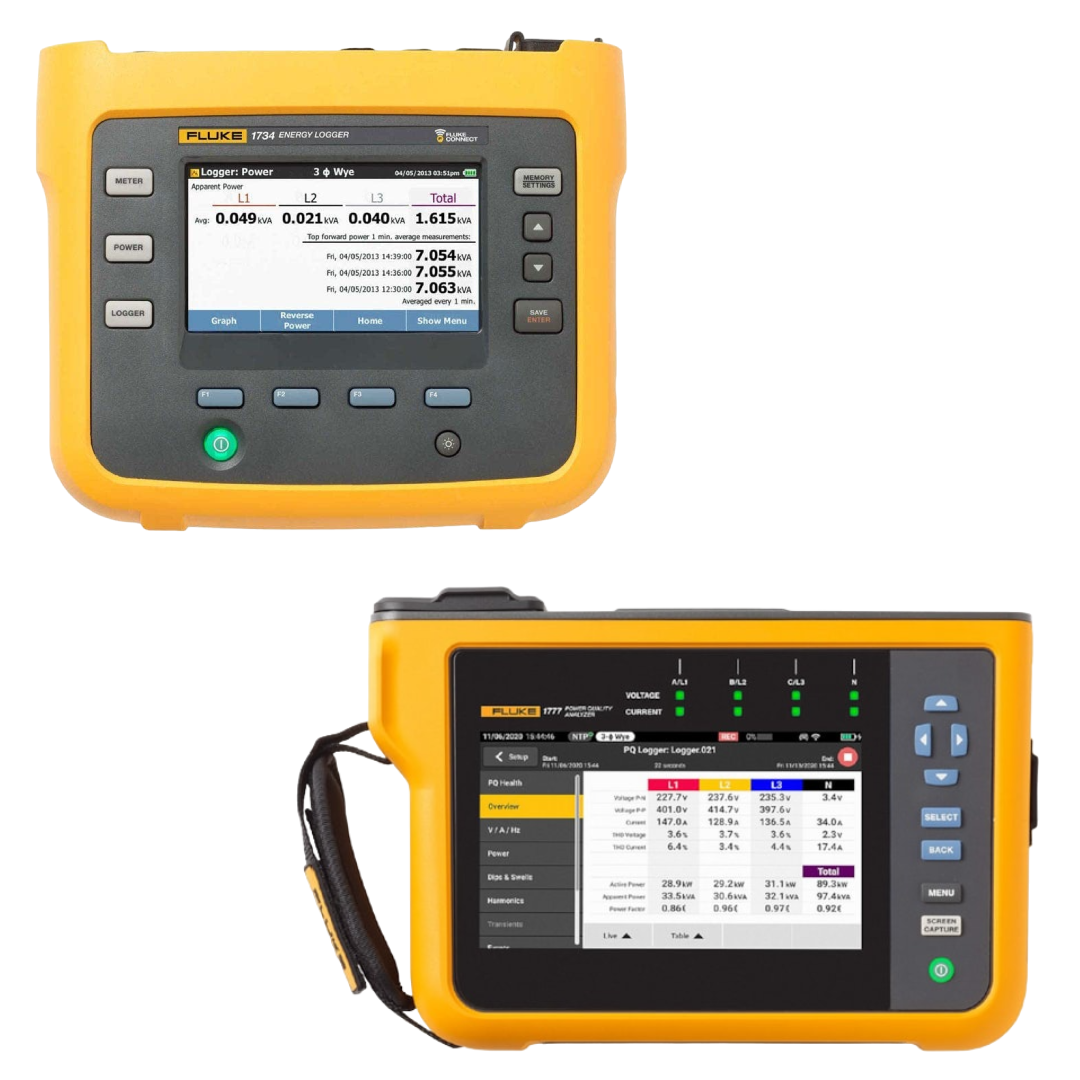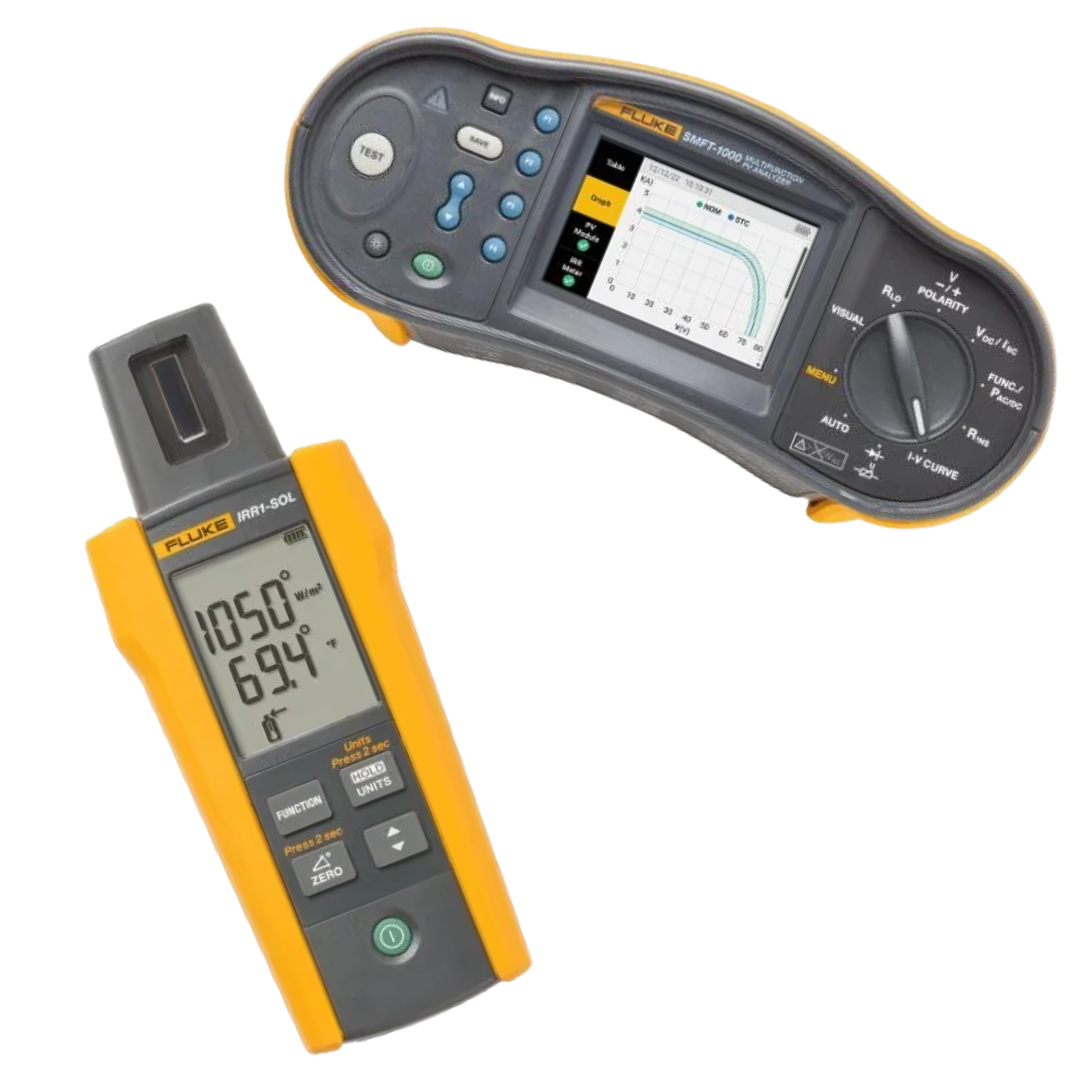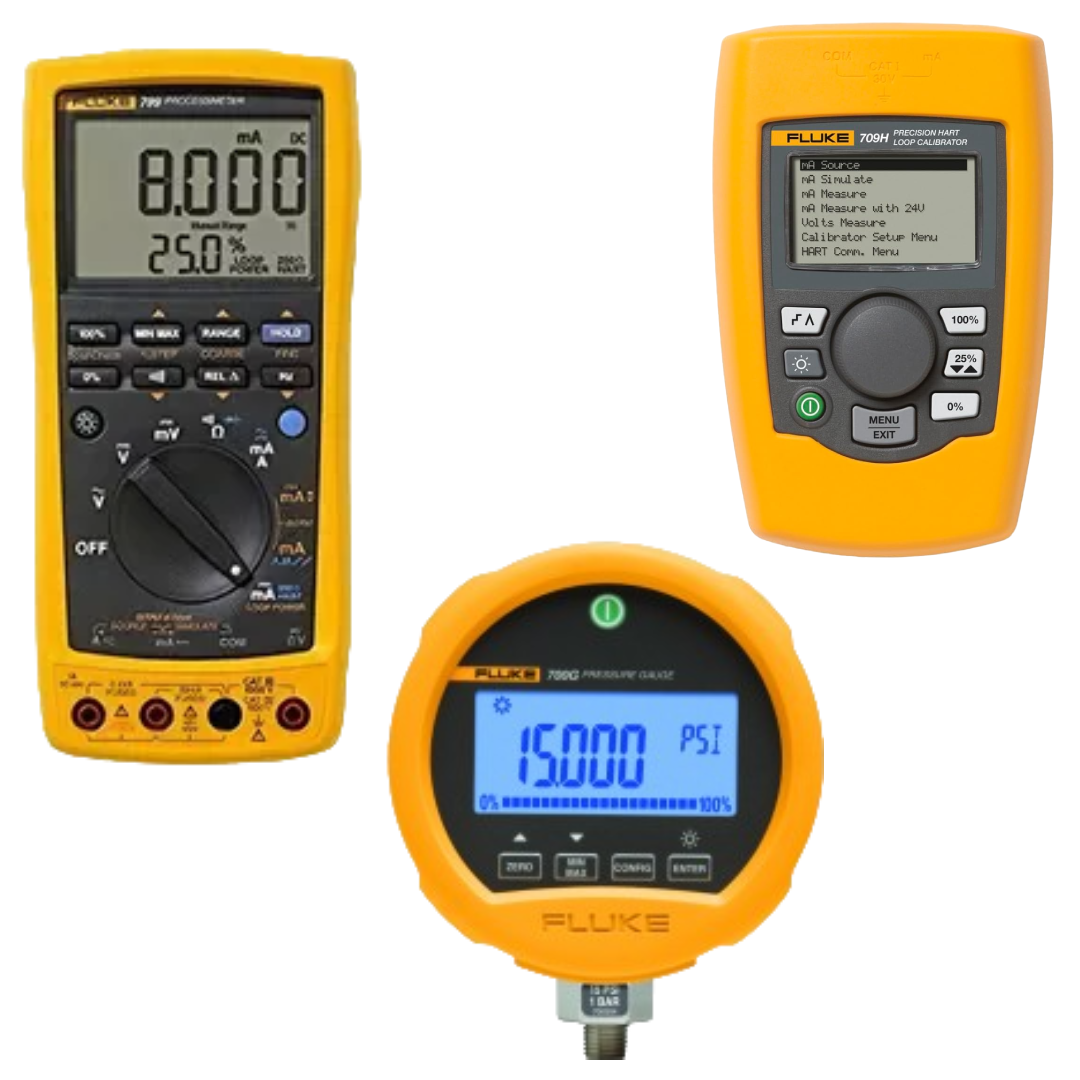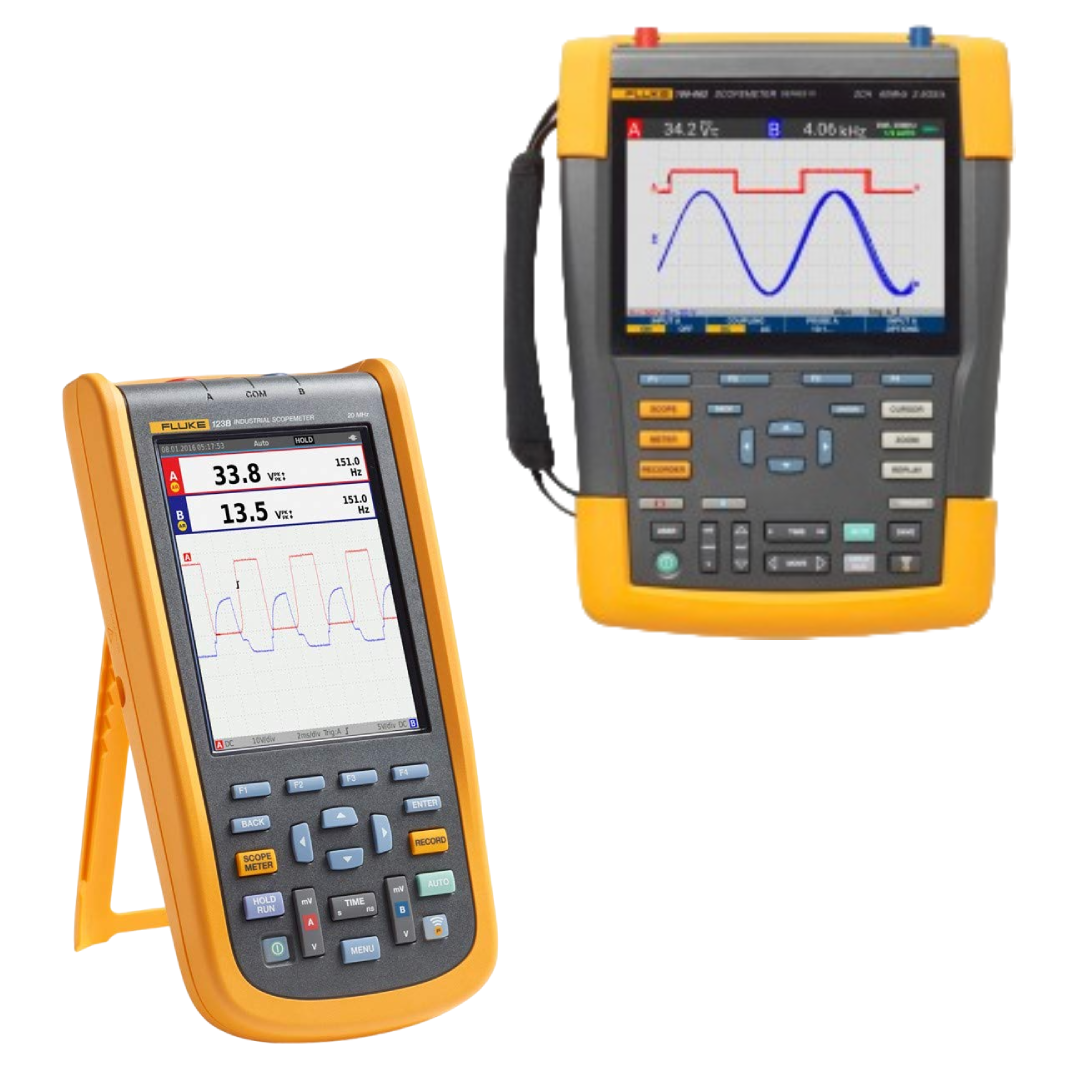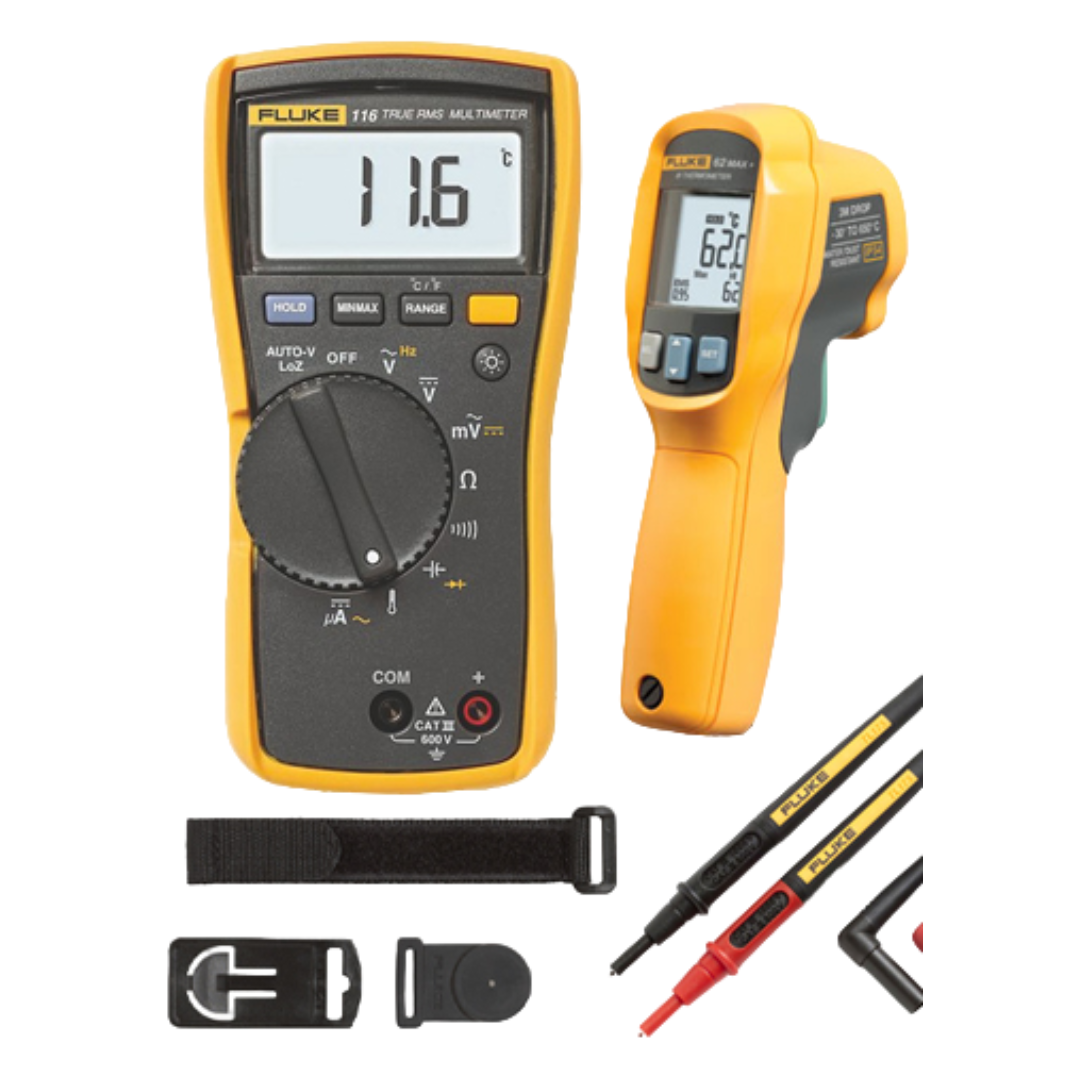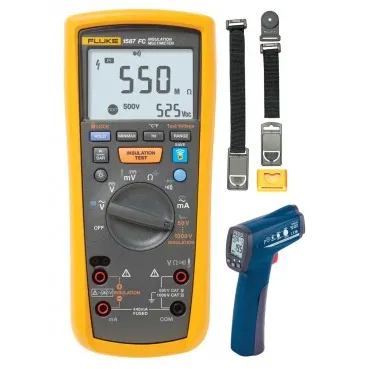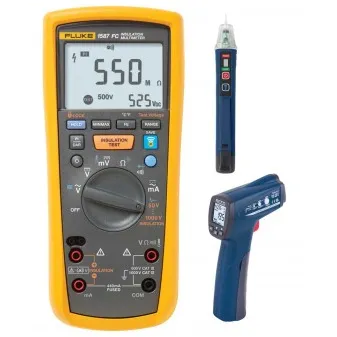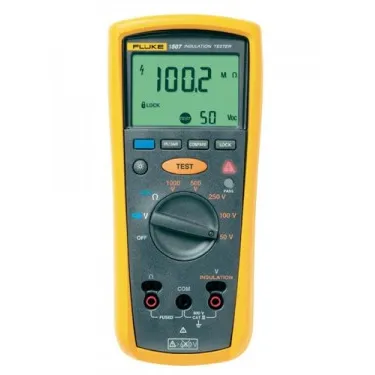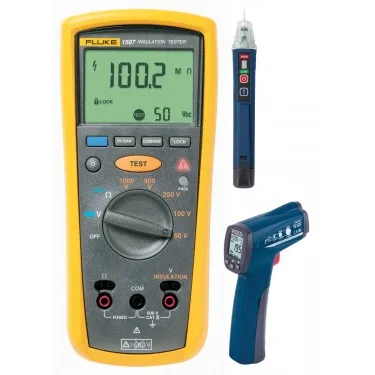Fluke 1535 Insulation Resistance Tester, 2500 V
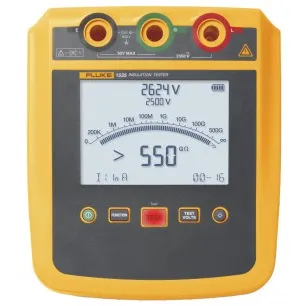
Fast, accurate, and reliable, this insulation resistance tester simplifies frontline troubleshooting, whether working on the factory floor or in the field at a solar installation. In addition, with selectable voltages from 250 to 2500 V and 500 G? resistance measurements, this tester covers more workload with a single tool.
View all
$ 1499.99
Description
Fluke 1535 Offers Equipped with an intuitive user interface, a short circuit current of up to 5 mA, and a CAT IV 600 V rating, this portable high-voltage insulation tester delivers rapid and stable resistance measurements no matter where you are. Furthermore, this insulation resistance tester also stores measurements for later review or PC transfer using the provided software. Features Test voltages up to 2.5 kV cover both industrial and solar installation applications CAT IV 600 V safety rating Selectable test voltages of 250, 500, 1000, and 2500 V Resistance measurements up to 500 g? Up to 1300 measurements at 2500 V, or 6500 measurements at 250 V Automatic calculation of Dielectric Absorption (DAR) and Polarization Index (PI) with no additional setup Guard system eliminates the effect of surface leakage current on high-resistance measurements Large digital/analog LCD for easy viewing Capacitance and leakage current measurement Test start/stop function DAR/PI/DAR +/PI/DD/ramp selection Bar graph display of insulation resistance Digital display of insulation resistance Backlight on/off button Why perform insulation testing? Safety The most important reason for testing insulation is to ensure public and personal safety. By performing a high dc voltage test between de-energized current-carrying (hot), grounded, and grounding conductors, you can eliminate the possibility of having a life-threatening short circuit or short to ground which could lead to a fire Equipment uptime In addition, insulation testing is important to protect and prolong the life of electrical systems and motors. Periodic maintenance tests can provide valuable information about the state of deterioration and will help in predicting possible failure of the system. Correcting problems will result not only in a trouble-free system, but will also extend the operating life for a variety of equipment Insulation resistance testers can be used to determine the integrity of windings or cables in motors, transformers, switch-gear, and electrical installations. The test method is determined by the type of equipment being tested and the reason for testing. Spot-reading/short time resistance tests can be used for low-capacitance equipment, while trending tests such as step voltage or dielectric-absorption tests can be used for time-dependent currents that will last for hours. Insulation regulations The International Electrical Testing Association (NETA) provides representative and minimum insulation values for various voltage ratings of equipment for use when manufacturer’s data is not available. Insulation testers are essential in any electrical system for proper and safe equipment operation per industry standards, IEEE Std 43-2000 (Recommended Practice for Testing Insulation Resistance of Rotating Machines), and other recognized organizations. Insulation resistance basics Insulation testing is a bit like pressure-checking a plumbing system. You can look for leaks in a plumbing system by forcing water through at a high pressure. The increased pressure makes the leaks easier to spot. The electrical version of pressure is voltage. In insulation testing, we use a relatively high DC voltage to make leakage current more apparent. The instruments are designed to apply the test voltage in a "non-destructive" and very controlled way. Although they supply high voltage, the current they deliver is strictly limited. This helps prevent system damage from failing insulation and keeps the operator from receiving dangerous current levels from accidental contact. All digital multimeters have a resistance measurement capability (ohms). But this function uses just a few volts. For systems designed to work at more than a few volts, using the standard ohms function does not give us an accurate picture of the insulation integrity. We want to test the insulation at a voltage greater than the working voltage. This will ensure that any leakage will show up and if there is a potential for arcing, we will see it under the controlled test conditions. Insulation spot test This can be used to verify the condition of the insulation over the life of a motor by connecting Megohmeter to measure resistance of each winding to ground while recording reading onto graph. Insulation step voltage Creates electrical stress on internal insulation cracks to reveal aging or damage not found during other motor insulation tests. This test is done by testing the insulation at two or more voltages and comparing the results. Polarity index and dielectric absorption ratio These are timed ratio tests that check the absorption characteristics of wet or contaminated insulation. The PI test is performed over a 10 minute period whereas the DAR ratio test is performed over a 60 second span. There are minimum acceptable polarization index values depending on the insulation class—IEEE Standard 43-2000 covers measurement of polarization index testing: Applications Maintenance technicians Electrical engineers Field service engineers Industrial electricians Solar technicians Utility troubleshooters Engineers Technicians
Downloads
Specifications
LEGAL DISCLAIMER
All products are 100% genuine and legally purchased from authorized sources. Indspare is not an authorized dealer, agent or affiliate of any of the designers, brands, or manufacturers, the products of which are offered for sale on www.indspare.com. All trademarks, brand names, and logos mentioned are used for identification purposes only and are registered trademarks of their respective owners who reserve the rights of ownership. The use of trademark, brand name or product on our website is not intended to suggest that the company, trademark or brand is affiliated to or endorses our website.

